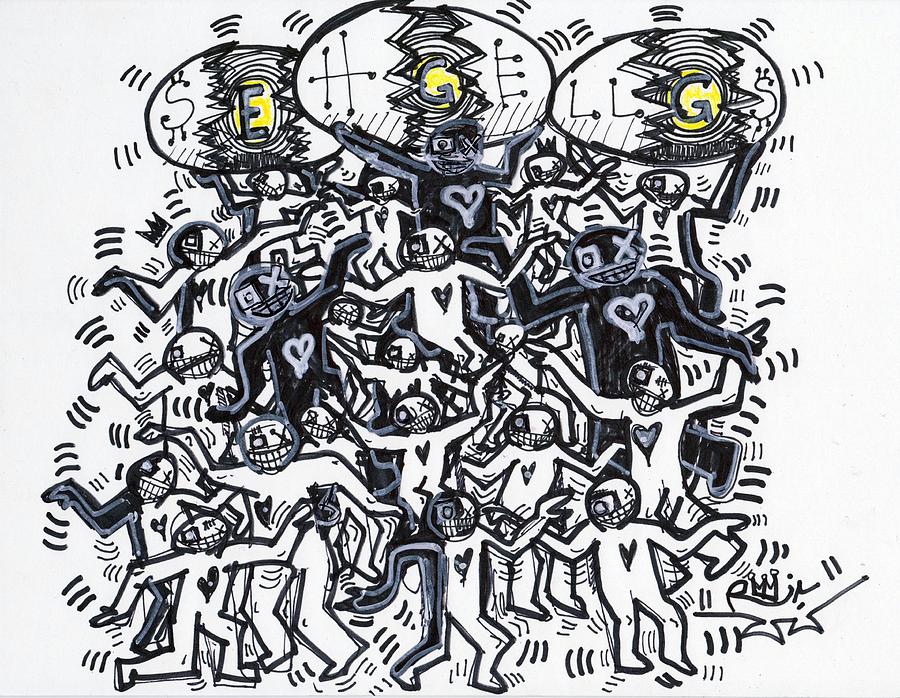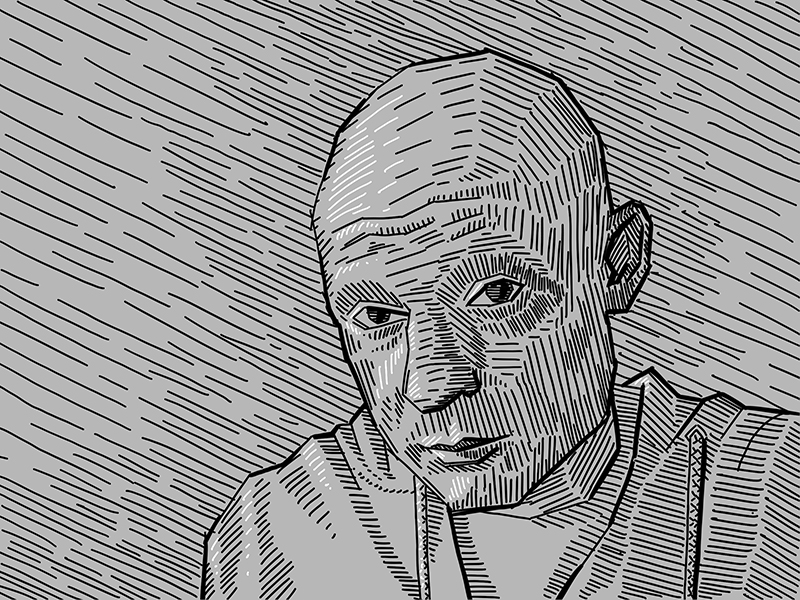

Variety can be viewed as the opposite of harmony because it creates more contrast and therefore makes the composition more interesting and vibrant. This is when the various art elements we mentioned above are applied in a similar manner, or when “related” art elements are applied together, for example, similar color schemes, shapes or forms that complement one another like circles and ovals, textures that are not too contrasting, and more.

Let us briefly look at what harmony in art refers to. Although the two are very similar and are used interchangeably by some, it is also important to note that they are different. Sometimes unity is used interchangeably with another principle of art called harmony. The Importance of Harmony, Unity, and Variety in Art 1881) by Gustave Caillebotte, illustrating the use of unity in art through shape and form Gustave Caillebotte, Public domain, via Wikimedia Commons These might seem like a lot of parts needed to complete a composition however, strategic use of the necessary elements and principles will yield desirable results and ultimately, a unified whole.įruit Displayed on a Stand (c. Additionally, the elements of art include visual elements like color, space, shape, texture, value, line, and form. The principles of art extend into not only unity, but variety, harmony, balance, emphasis, movement, rhythm, repetition/pattern, proportion, and scale. These are considered the “building blocks” of a composition. The wholeness of a work of art composition, whether it is a painting, drawing, or sculpture, is the adequate application and arrangement of all the principles of art and elements of art. The Kiss (1907-1908) by Gustav Klimt, illustrating the use of unity in art through shape and form Gustav Klimt, Public domain, via Wikimedia Commons Therefore, if unity relates to wholeness, then unity in art will relate to the wholeness of an art composition, but what does this mean exactly, and how do we achieve a “wholeness” in an art composition? We can apply this unity art definition for a clearer understanding when we look at unity as one of the Principles of art. If we look at the word “unity”, it relates to a state of wholeness it is described by some scholarly sources as “a totality of related parts: an entity that is a complex or systematic whole”.
#Drawing unity art examples how to#

Movement: There are many ways to give a sense of movement in a painting, such as the arrangement of objects, the position of figures, the flow of a river. You can use leading lines (a photography term applicable to painting) to direct the viewer's eye into and around the painting.A painting that is not balanced creates a sense of unease. Balance: Balance is the sense that the painting "feels right" and not heavier on one side. Having a symmetrical arrangement adds a sense of calm, whereas an asymmetrical arrangement creates a more dynamic feeling.Unity: Do all the parts of the composition feel as if they belong together, or does something feel stuck on, awkwardly out of place?.


 0 kommentar(er)
0 kommentar(er)
